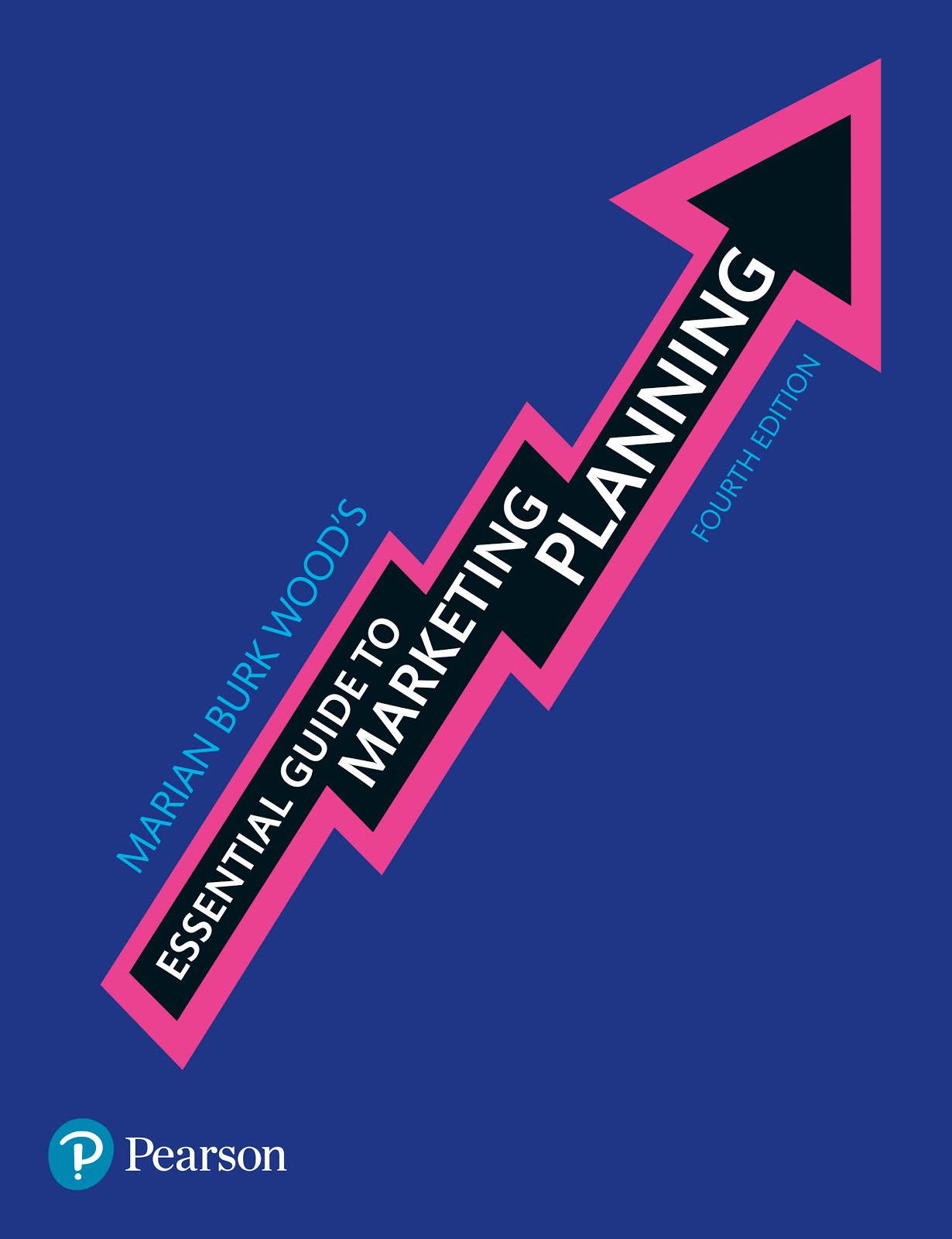Nike will be showcasing its sponsorship of the Corinthians (at left) while the Adidas sponsorship of the World Cup (below) will give that brand exceptional media prominence. Nike has favourable brand momentum and close relationships with retailers and brand fans, reinforced through decades of advertising and, more recently, savvy social media dialogue.
Adidas has been planning its World Cup marketing activities for more than a year. In particular, the company is gearing up for a massive social media marketing presence to support the sponsorship and deflect potential ambush marketing from non-official sponsors.
After fans leave the final game, Adidas will still have one remaining task, says its global project leader for the World Cup: 'All the project's stakeholders and contributors will be tasked to go into overtime to make sure that all elements are fully documented, our key learnings are listed, and new opportunities, threats and benchmarks are identified'. In other words, evaluate the results in preparation for the next marketing plan.













